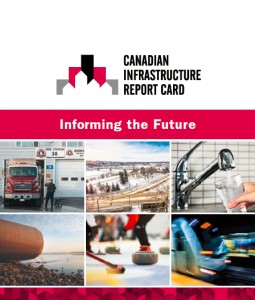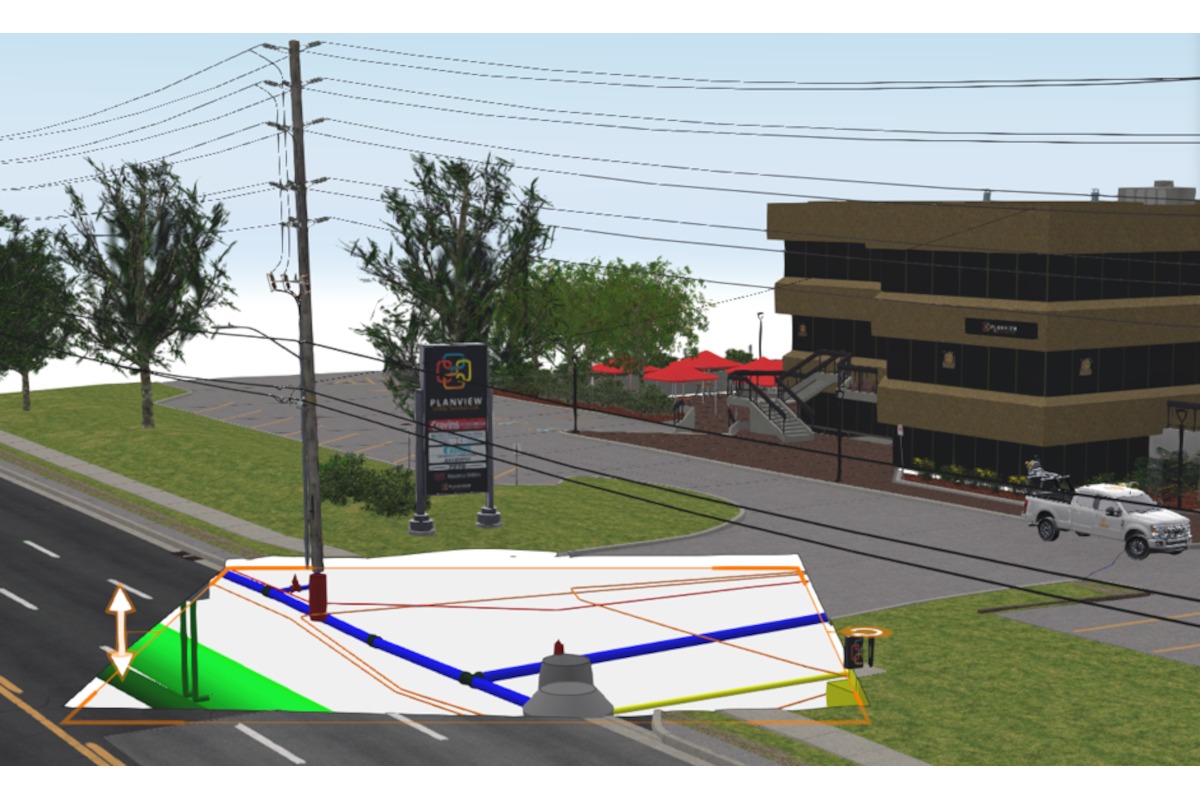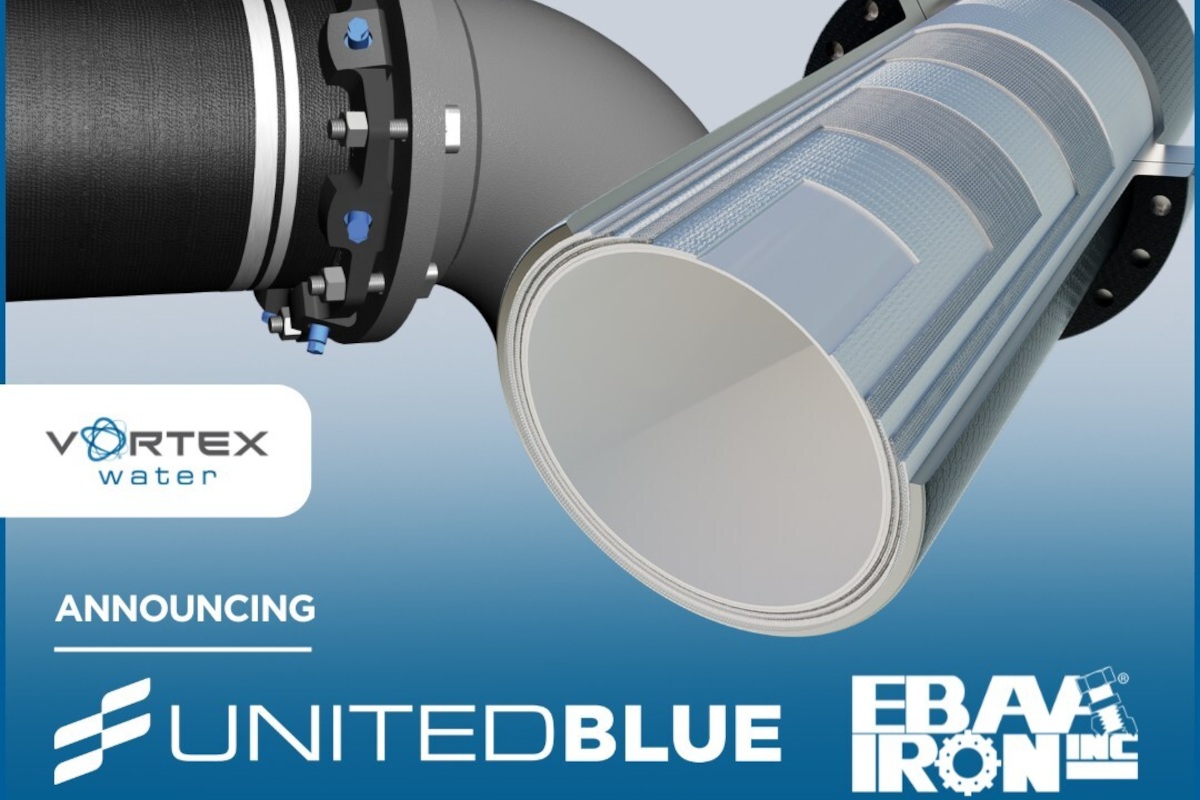FCM Releases 2016 Canadian Infrastructure Report Card
January 19, 2016
 One third of Canada’s municipal infrastructure is at risk of rapid deterioration: that is the key finding of the Federation of Canadian Municipalities’ 2016 Canadian Infrastructure Report Card (CIRC).
One third of Canada’s municipal infrastructure is at risk of rapid deterioration: that is the key finding of the Federation of Canadian Municipalities’ 2016 Canadian Infrastructure Report Card (CIRC).“Informing the Future: The 2016 Canadian Infrastructure Report Card” assessed the state of stormwater, wastewater and potable water infrastructure, public transit, municipal roads and bridges and sport and recreation facilities. The results indicate that much of Canada’s municipal infrastructure is at a critical juncture.
RELATED: CATT Starts Canada-Specific Annual Buried Infrastructure Survey
Investments in repair and upkeep are needed in the short term to prevent a rapid decline in the condition of municipal assets, according to survey findings. Furthermore, the report uncovered that reinvestment rates in Canada’s municipal infrastructure are not meeting target rates, despite continued efforts on the part of municipal governments. If this trend continues, the overall cost for infrastructure repair will increase substantially from where they stand today.
“The report shows that we have an opportunity to improve quality of life for Canadians, strengthen the economy and save money over the long term. That should be all the motivation we need to act now,” said Nick Larson, chair, Canadian Society of Civil Engineers Infrastructure Renewal Committee.
RELATED: Follow this link to review the 2016 Canadian Infrastructure Report Card
The CIRC project is the continuation of a collaboration established in 2012 between the Canadian Construction Association, the Canadian Public Works Association, the Canadian Society for Civil Engineering and the Federation of Canadian Municipalities. The 2016 edition also received support from the Canadian Urban Transit Association, as well as the Federal-Provincial/Territorial Sport, Physical Activity and Recreation Committee with technical support and advice provided by the Canadian Parks and Recreation Association.
The 2016 CIRC survey gathered more detail on inventory, condition and replacement value than the survey developed for the 2012 edition. For the 2016 edition, 120 survey responses were received, of which 52 participated in the 2012 survey. There was a marked increase in the number of questions answered by participants. There was therefore an improvement in the availability and quality of data that informed the findings of this new report. As a result, the 2012 and 2016 CIRC should be viewed as separate snapshots in time.
“In the end, it is not a question of investing or not investing, it’s a question of cost and good infrastructure management,” said. Raymond Louie, president, Federation of Canadian Municipalities
“The bottom line is that the longer we wait to act on these repairs, the more expensive it will get. Canada needs to start planning for the future by reinvesting in our existing assets now.”
RELATED: Pure Technologies at Forefront of Infrastructure Management




